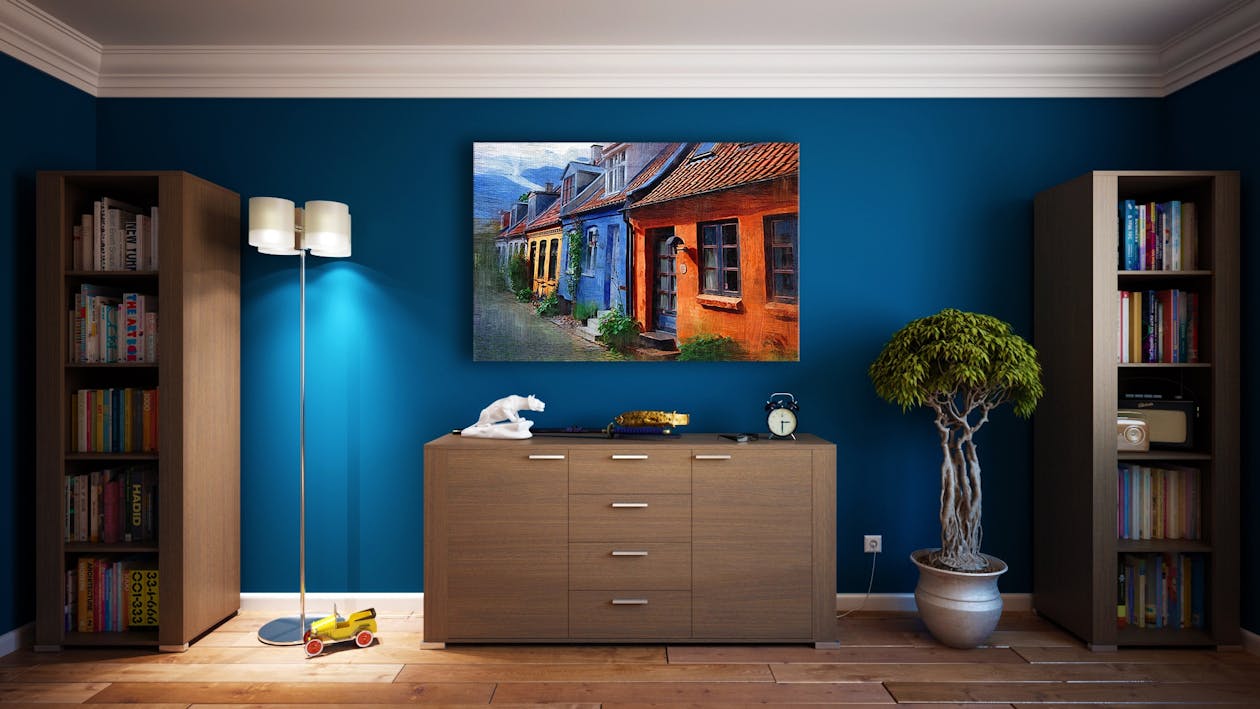🛏️Korean Level 1 Activity 4: 책상은 어디에 있어요?/ Where is Your Desk?

Description:
In this activity, students will be describing the locations of items. They will be arranging their bedroom, and they will have a friend who is helping them to move furniture. They will converse with their friend to place the furniture in the correct location.
Semantic Topics:
Listening exercise(듣기 훈련), Locations(위치): Behind (뒤에), Next to (옆에) In Front of (앞에), etc., Bed (침대)
NCSSFL-ACTFL World-Readiness Standards:
- Standard 1.1: Students engage in conversations, provide and obtain information, express feelings and emotions, and exchange opinions.
- Standard 1.2: Students understand and interpret written and spoken Korean on a variety of topics.
Idaho State World-Readiness Standards:
- COMM 1.1 – Interact and negotiate meaning (spoken, signed, written conversation) to share information, reactions, feelings, and opinions.
- CLTR 1.2 – Explain the relationship between cultural practices/behaviors and the perspectives that represent the target culture’s view of the world.
NCSSFL-ACTFL Can-Do Statements:
- I can describe locations accurately.
- I can give some simple information about my bedroom.
- I can work with a target language peer and rearrange the bedroom together.
Materials Needed:
- Projector (optional)
- iPad or Computer
- Google Slides
Warm-Up:
Begin by introducing the Can-Dos for today’s activity.
오늘의 학습목표를 소개하는 것으로 시작하세요.
Students will read a short paragraph that describes the structure of a studio room. Students will answer the following questions based on their reading.
학생들은 원룸의 구조를 소개하는 짧은 글을 읽습니다. 그리고 읽은 글과 관련된 질문에 대답합니다.
- What is next to this studio? 원룸 옆에 뭐가 있어요?
- Where is the desk? 책상은 어디에 있어요?
- What is on the desk? 책상 위에 뭐가 있어요?
- What is/are not there in the room? 원룸에 뭐가 있어요? 원룸에 뭐가 없나요?
Main Activity:
First, students will be divided into partners.
먼저, 학생들은 짝을 정합니다.
Students will be instructed to draw a new layout of their bedroom, including bed, desk, chair, pictures, and closet.
학생들은 침대, 책상, 의자, 그림, 옷장을 포함하여 침실의 새로운 배치를 그리도록 지시받습니다.
Based on the drawing, students will answer the questions that their partner asks. Student B represents the student asking the question, and Student A represents the student answering the question.
학생들은 그림을 기반으로 파트너의 질문에 대답합니다. 학생 B는 질문을 하고, 학생 A는 그 질문에 대답합니다.
- (B): Where is the desk? 책상이 어디에 있어요?
- (A): It’s behind the chair, and it’s next to the bed. 의자 뒤에 있어요. 그리고 침대 옆에 있어요.
- (B): Where is the chair? 의자가 어디에 있어요?
- (A): It’s in front of the desk. 책상 앞에 있어요.
- (B): Where is the bed? 침대가 어디에 있어요?
- (A): It’s next to the desk.책상 옆에 있어요.
- Once they have finished conversing, students will take different roles of asking and answering the questions.
대화가 끝나면 역할을 바꿔 다시 질문하고 대답합니다.
Wrap-Up:
Wrap-up questions (Pick a few you’d like to ask):
- “Do you want to change your placement of furniture? If so, how would you like to change it?”
- 가구 위치를 바꾸고 싶나요? 바꾸고 싶다면 어떻게 바꾸고 싶나요?
End of Activity:
- Read Can-Do statements once more and have students evaluate their confidence.
- (Use thumbs up/thumbs down or download our student cards.)
- Encourage students to be honest in their self-evaluation.
- Pay attention, and try to use feedback for future labs!
NCSSFL-ACTFL Can-Do Statements:
- I can describe locations accurately.
- I can give some simple information about my bedroom.
- I can work with a target language peer and rearrange the bedroom together.

